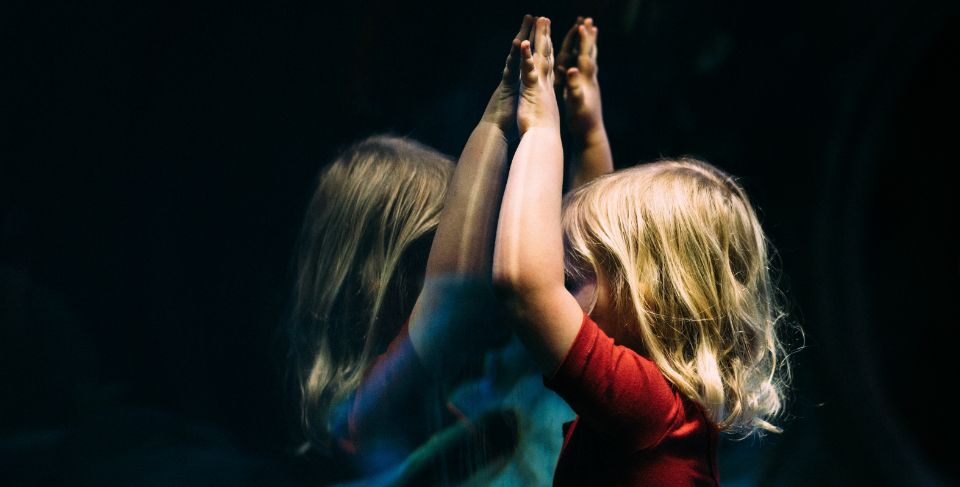Ballroom Dance Builds Resiliency in youths

Written by Casey Hersch, MSW, LCSW
How ballroom dance makes our youth sparkle inside and out.
For over a decade Dancing with the Stars has had universal appeal. Let's admit it--this show is all about the sparkle and I am not only talking about the millions of Swarovski Crystals adorning the costumes. The program transports us into a wonderland of beauty, confidence, music, sex appeal, athleticism, and emotion. Until now, the majority of participants on Dancing with the Stars have been adults. This is about to change with the premiere of ABC's Dancing with the Stars: Juniors.
While the appeal of young talent is invigorating, beyond the performances we see on television from these amazing Dancing with the Stars Juniors--there is something so much bigger happening behind the scenes. This is the cultivation of an inner sparkle that is accessible to all of us who step into the ballroom dance world.
My interest in the transformation of ballroom dance on youth has been part of my career as a Licensed Clinical Social Worker. While in my graduate program, I immersed myself in a community facing crisis as a result of suicide and substance abuse overdoses. A community member was proactive in his attempts to find a solution and turned the back of his small home into a dance hall. He invited all youth to dance for free. Before our very eyes the community which had been struck by tragedy was starting to sparkle. Captivated by this, I committed my studies to understanding what was happening. The youth unanimously informed me, "It is because of the dancing" that they were making positive choices.
So what is really going on behind the sparkle and talent we see on Dancing with the Stars: Juniors? Why is it that I believe every parent should be rushing their child to the nearest ballroom dance studio to learn? My immersion has revealed to me the mystery behind the sparkle.
Ballroom dancing is an investment in partnerships with others. It values eye contact, a give- and- take in the roles of leader and follower, listening to verbal and nonverbal cues, and compromise and negotiation. Stereotypes wash away and tolerance is increased when the focus is on movement and not "pecking order."
How many opportunities do our youth have to teach? Dancing with the Stars: Juniors is brilliantly modeling this by featuring youth as teachers while employing the expertise of veterans from Dancing with the Stars past seasons to mentor the participants. As intergenerational gaps are bridged, the results show that all ages can grow and benefit from each other.
Ballroom dancing not only requires a focus on an individual's feelings but on bodily sensations such as touch and muscle isolation. Attuning to bodily sensations is key to identifying thoughts and feelings, and this mind-body connection makes youth more confident in their abilities to make positive choices.
 Young people don't have the vocabulary that adults have to express their feelings. We often think the best way to get over bad memories or stressful situations is to talk about them. Ballroom dancing accesses these feelings and releases them from the body without needing words.
Young people don't have the vocabulary that adults have to express their feelings. We often think the best way to get over bad memories or stressful situations is to talk about them. Ballroom dancing accesses these feelings and releases them from the body without needing words.
Ballroom dancing builds confidence and self-esteem through self-expression. What an amazing feeling to be appreciated for "just being yourself." The less you are true to yourself while dancing, the less of a performance you will create (No 10 from Len!). This means that in order to be the best dancer you want to be, you have to "fall in love with yourself."
Frankie Muniz, Dancing with the Stars season 25 finalist and host of Dancing with the Stars: Juniors, represents a transformation that takes place when you "just be yourself." His fans recall how he didn't fit the "image" we may hold for a dancer. He blushed profusely, publicly expressed his fears, and battled health issues. Yet we watched him transform as he showed more eye contact, more smiles, more personality in his routines--MORE OF HIS TRUE SELF. He proves that any one of us can be transformed through the experience of ballroom dance.
As I look at my own life and what ballroom dancing has done for me, the list is lengthy. Most notable is how it has helped me survive autoimmune disease and find my own self-worth. This, my friends, is what is happening behind the scenes of the 'sparkle'--It is this "inner" sparkle that makes these Juniors so spectacular. We are witnessing them truly experiencing joy, relationships with themselves and others, and beaming all that is uniquely them. We all strive to have this in our lives, don't we?